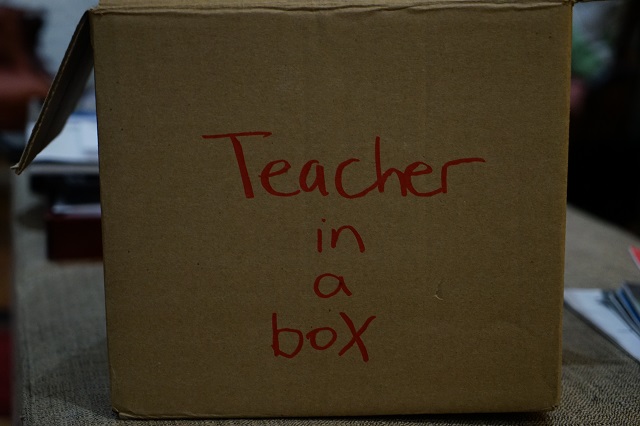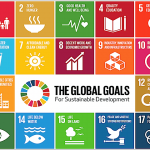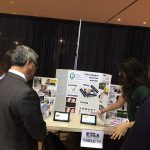
I’m not a fan of traditional icebreakers such as name games or scavenger hunts. However, I have two trusted icebreaker activities that have set up my new classes with great success.
Teacher in a Box
For my grade 11 World History class I have been using “Teacher in a Box” for a few years. The idea is not mine – I owe it to Scott Pollock, a wonderful teacher in Oakville. It is the perfect way to teach students to make inferences, a skill that will stick with them for a long time.
On the first day of class I bring a simple cardboard box filled with carefully chosen items from my life: books (all non-fiction except for one novel), knick-knacks, a scarf with giraffe print (giraffes are my favourite animal and are plastered around my classroom), some of my techie husband’s tools, cat-related things (I have four cats), and other such things. Working in groups, the students make inferences about me based on the objects. Since I’ve purposely included some red herrings (the novel, for one, since I really only read non-fiction), it is very interesting to listen to students’ reasoning for their characterizations: they put together items in creative ways – a book about San Francisco, a novel about India – I must love to travel. Not quite; I’m a homebody. While the students work, I’m listening for typical things: who is participating?, how superficial are their inferences?, how willing are they to have open minds? are they picking up the contextual clues in the room?. As the groups share their inferences I have them use the red light, yellow light, green light system to indicate how confident they are about their inferences based on the evidence in front of them.
We get so much inquiry and historical thinking language in on the first day that it is the perfect foundation for the semester to come. And it is really fun!
Sorting The Economist
Since many of my grade 11s go on to take grade 12 World History, I can’t repeat Teacher in a Box – they know me already. I came up with my replacement last year. It makes use of the MANY copies of The Economist I have at home and in my classroom. Though I don’t always agree with its viewpoints, I love The Economist’s covers as they’re usually very creative.
I spread the magazines out amongst the tables. The students have to find a way to sort them that will identify where “here” is in the course question: how did we get here?. So, based on the covers, students identify current issues that help define our time. Last semester they sorted regionally. This semester they considered sorting based on relevance to their lives. After sorting, I pushed them to note which regions were over- and under-represented. Why is the African pile so small and the Chinese pile so large? It got the students chatting about issues they’re familiar with, and I listened to how aware and knowledgeable they were. We got the historical thinking conversation started with useful vocabulary: evidence, perspective, bias, context, consequences, change…
The next day when we go back to 1450 and begin our quest to figure out “how did we get here?” we have a strong foundation.

